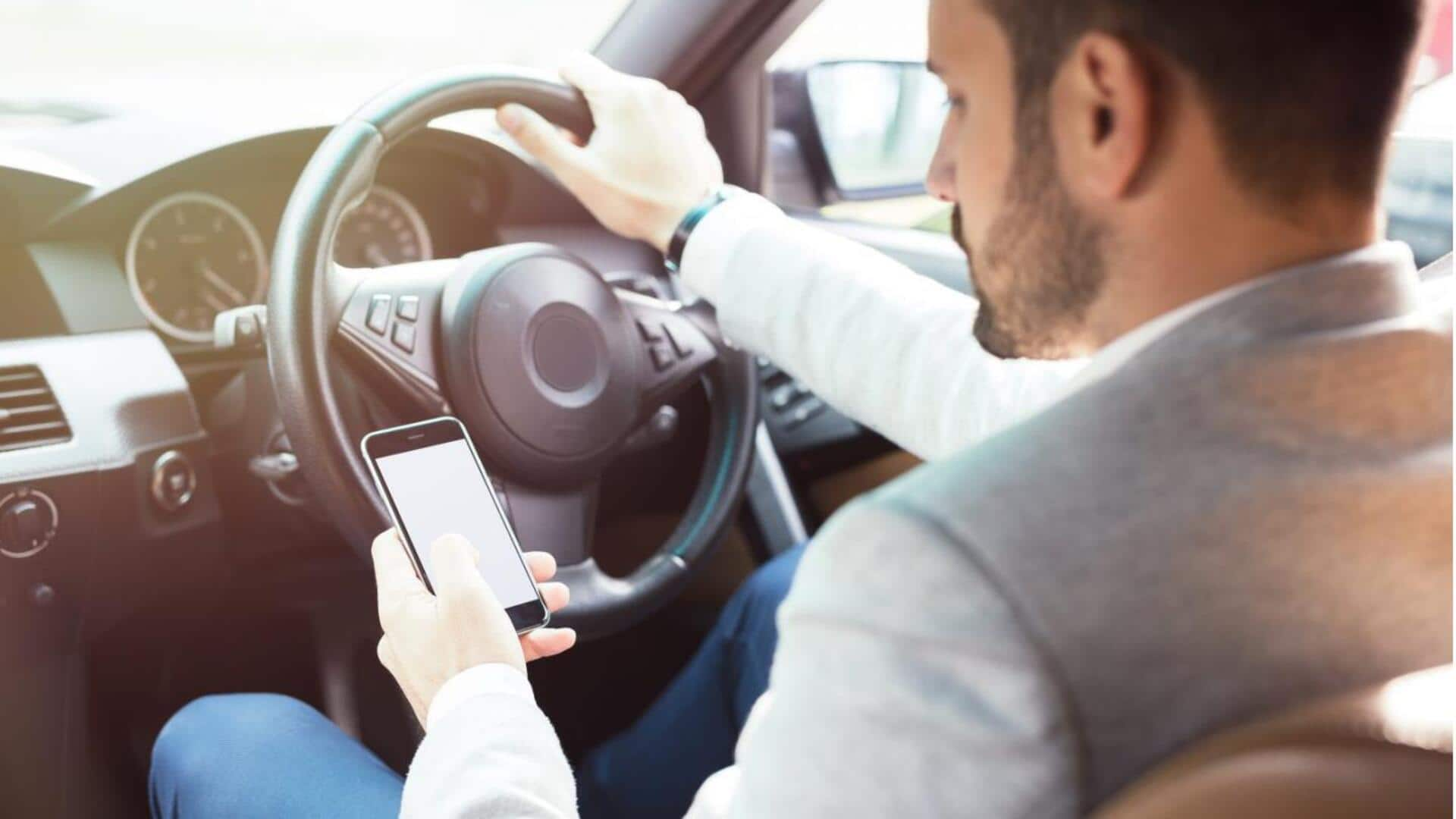
Gamification reduces phone use while driving by 27%: Study
What's the story
A recent study by Progressive Insurance has revealed that the combination of gamification and financial incentives can significantly decrease handheld phone use while driving. Gamification is the process of adding game-like elements into non-game contexts, such as learning, work, or marketing. The research involved 1,653 participants from the Progressive Snapshot program, which utilizes a smartphone app to detect phone use during driving. Before the study, these participants averaged over 6.4 minutes per hour of handheld use while driving.
Research methodology
Study design and participant groups
The study divided drivers into five groups, each receiving different levels of intervention. The first group was provided with educational materials about the dangers and legal implications of distracted driving. The second group received similar information along with a free phone mount, encouraging drivers to park their phones while driving. The third batch made a written commitment to reduce their phone use while driving and were given weekly goals for this reduction throughout the 10-week study period.
Successful strategies
Gamification and financial incentives prove effective
The fourth team participated in a competitive gamification program, where points were awarded or deducted based on their handheld usage goals. The fifth group received all interventions from the fourth group plus a financial incentive. Those who scored enough points during the study shared a $2,000 prize and could earn an additional $5 for topping the weekly leaderboard. The results revealed that none of the interventions in groups one, two, or three significantly reduced handheld use while driving.
Impact assessment
Fifth group reduced its handheld usage by over 27%
However, drivers in the fourth group reduced their handheld usage by 20.5% during the study period and maintained a 16.2% reduction after the study ended. The most effective strategy was found in group five where competitive gamification was combined with financial incentives. This group reduced its handheld usage by 27.6%, or 89 seconds per hour, compared to the control group. Interestingly, this reduction was maintained at the same level after the intervention period.